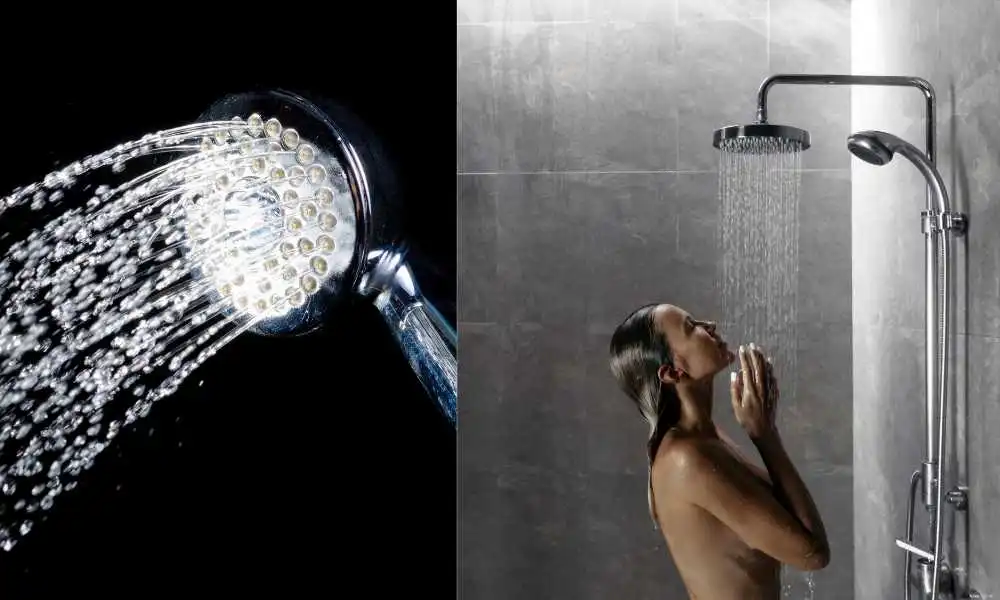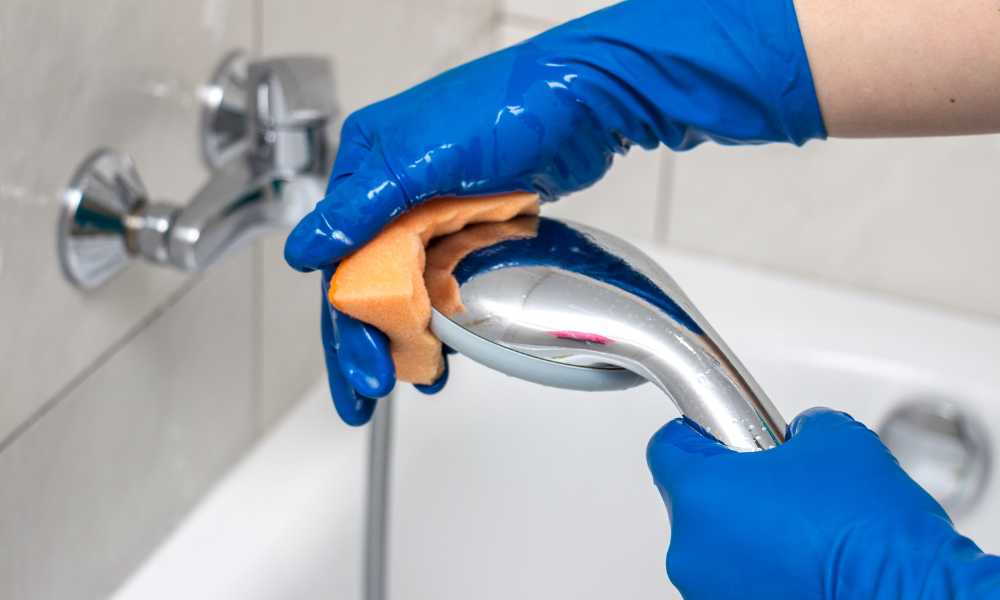Black Water Fix—an unsettling, almost ominous sight. It pours out from the faucet or showerhead, immediately triggering concern. What does this murky darkness signal about your plumbing? Your health? The sanctity of your water supply? While this may seem like a rare horror, the truth is, many homeowners face this eerie phenomenon. Yet, few know where to begin. Let’s dive deep, unpacking the mystery of black water, and discovering how you can banish it for good.
Understanding the Basics: Why Clean Aqua Matters in Your Home
Water—crystal clear, pure, essential. It’s the silent hero of daily life, present in every sip, every shower, every pot simmering on the stove. When the integrity of this vital resource is compromised, it shakes the very foundation of your home’s routine. Cooking, cleaning, bathing—it all depends on the liquid’s reliability. The moment it turns black, you know something is gravely wrong. But to restore that lifeline, you must first understand the origins of the issue.
What is Black Aqua? Understanding the Discoloration
Black water, as ominous as it appears, often has a logical explanation. When liquid emerges dark from your faucets, it’s usually a signal of underlying issues: sediment, corrosion, or mineral buildup lurking within your plumbing. This discoloration is a distress signal from your system. It’s an alert, a warning that some component is out of balance—begging for attention before the problem worsens.
Why is Black Aqua Coming Out of My Faucet Shower?
The blackened flow has many origins. Typically, it’s a tale of internal decay—pipes corroding, sediment gathering like thieves in the night, or water heaters betraying their purpose. Each source of contamination tells a different story. But regardless of the cause, one thing is clear: it must be addressed immediately. Neglecting the issue only invites more problems down the line.
How To Clean Matte Black Faucet
Cleaning a matte black faucet requires careful attention to preserve its sleek, modern finish. Start by wiping the faucet with a soft, damp microfiber cloth to remove dust and debris. Avoid using abrasive sponges or harsh chemicals, as these can damage the matte surface. For stubborn spots or residue, mix a solution of mild dish soap and warm water, gently scrubbing with the cloth. Rinse thoroughly and dry with a clean towel to prevent water spots or streaks. To maintain the matte finish, avoid using waxes or polishes, and regularly clean to keep the faucet looking flawless.
Common Causes of Black Water from Your Faucet or Shower
- Pipe Corrosion: Over time, the iron in pipes oxidizes. Rust forms, and tiny flakes infiltrate the liquid supply, darkening it.
- Sediment in Aqua Heaters: Minerals such as iron and manganese can settle in Aqua heaters, their presence felt when liquiddemand disrupts their stillness.
- Municipal Aqua Supply Issues: Sometimes, the source isn’t even within your walls. Temporary disturbances in the city’s liquid supply can send sediment rushing into your pipes.
- Mineral Buildup in Pipes: When minerals accumulate within your plumbing, water can carry these particles directly into your home.
Is Black Water Dangerous? Assessing Health Risks
Is black water harmful? It can be. Contaminated liquid may harbor traces of rust, bacteria, or heavy metals. While the discoloration itself might not always signal toxicity, it certainly warrants caution. Long-term exposure to contaminants like manganese or iron can affect health, particularly if these elements reach unsafe levels. Testing and fixing the problem are vital to ensuring your family’s safety.
How Old Pipes Can Cause Black Water in Faucets and Showers
Ancient pipes, riddled with corrosion, tell a tale of time. Pipes made from iron or galvanized steel are most vulnerable to this fate. As they age, they break down, and particles of rust infiltrate your water, turning it dark and foreboding. Homes with older plumbing systems are especially prone to this. Regular inspection is crucial if you want to avoid larger plumbing disasters.
The Role of Aqua Heaters in Black Water Issues
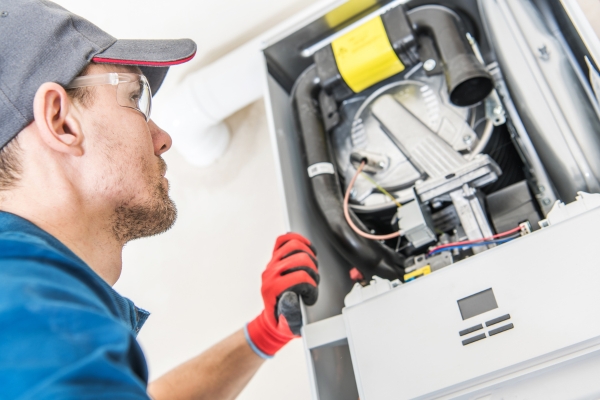
Your water heater—an unsuspected culprit. Over the years, sediment settles quietly at the bottom of the tank. But when the demand for hot liquid peaks, this sediment is stirred into the flow, causing the liquid to darken. Additionally, liquid heaters are susceptible to corrosion, and if their inner linings deteriorate, debris can enter your supply.
Signs Your Water Heater is Causing Black Aqua
- Hot water turning black: If the issue arises only when using hot liquid, the liquid heater is likely the root cause.
- Sediment sounds: A popping or rattling sound from the heater is a sure sign that sediment has accumulated.
Corrosion and Black Aqua: The Impact of Rusty Pipes
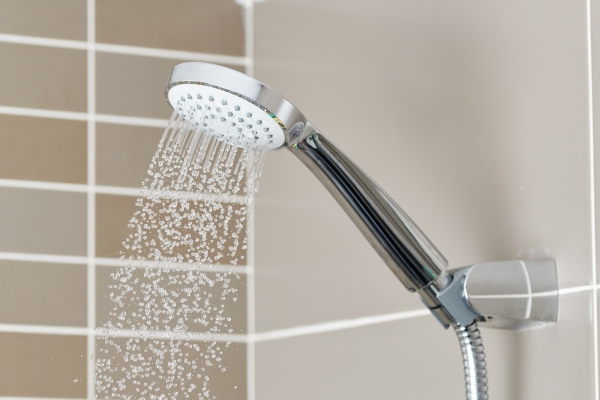
Rust, the silent invader. As pipes age and oxidize, rust flakes off and joins the water. This rust doesn’t just taint the liquid’s appearance; it also signals the gradual decay of your plumbing system. If left unchecked, it could lead to pipe failure, leaks, or complete breakdowns.
Iron and Manganese Buildup: A Common Cause of Black Aqua
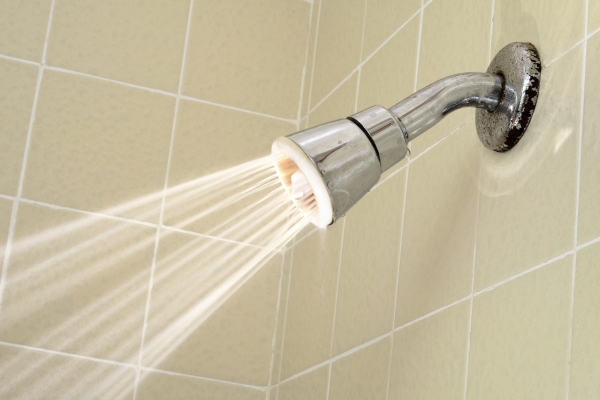
Iron and manganese—two common elements found in groundwater. While they are not inherently harmful in small quantities, their accumulation within pipes can lead to murky liquid and an unpleasant metallic taste. Left unchecked, these minerals can also stain clothing and fixtures.
Sediment Build-Up in Water Pipes: How It Contributes to Black Aqua

As water flows through your pipes, sediment from natural minerals gathers within. Over time, these sediments restrict liquid flow, forcing particles into your liquid. When pressure builds or flow increases, these particles dislodge, turning the liquid dark. Routine flushing of pipes can help prevent this buildup.
How to Test the Water Quality in Your Home
Testing your Aqua provides a clear picture of what’s really lurking beneath the surface. At-home testing kits are available, but for more detailed results, consider sending a sample to a certified lab. These tests will identify contaminants, minerals, bacteria, and heavy metals, offering valuable insight into the root cause of your liquid’s discoloration.
How to Inspect Pipes for Corrosion and Damage
A visual inspection can reveal a lot. Look for telltale signs of rust, leaks, or damage. If pipes are difficult to access, consider enlisting the help of a plumber equipped with specialized tools like cameras that can snake through the system, identifying areas of concern.
Fixing the Problem: How to Flush Out Sediment from Your Aqua Heater
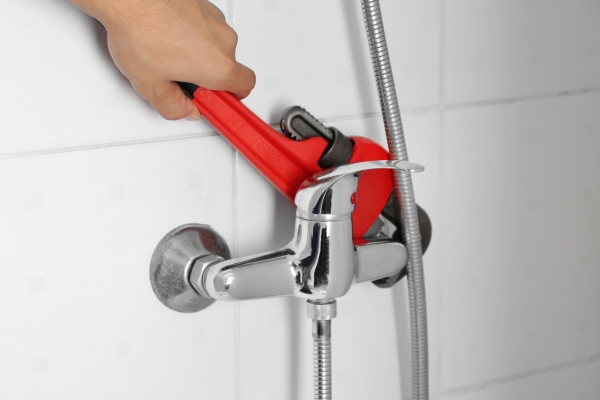
Sediment buildup in your liquid heater is a common cause of black liquid. Flushing your water heater is a relatively simple process. Start by turning off the power, attaching a hose to the drain valve, and allowing the liquid to flow out until it runs clear. This clears out sediment and improves liquid quality.
DIY Methods to Clean Out Black Residue in Shower and Faucet
Cleaning black residue from your faucets and showerheads doesn’t always require professional help. Detach the faucet aerator and showerhead, soak them in a vinegar and water solution, and scrub off any lingering mineral deposits. Reinstall them, and you’ll likely see an improvement in liquid clarity.
How to Clean and Maintain the Aerator to Prevent Black Aqua
The aerator is a small component that plays a big role. It can become clogged with sediment or debris, contributing to black water. To prevent this, remove the aerator regularly, clean it thoroughly with vinegar, and scrub any buildup. This simple maintenance can go a long way in keeping your liquid clear.
When to Replace Parts of Your Faucet or Shower to Fix Black Aqua
If cleaning and flushing don’t resolve the issue, some parts may need replacing. Worn-out washers, corroded pipes, or malfunctioning valves can all contribute to liquid discoloration. Replacing these components can help improve liquid quality and ensure your plumbing system remains functional.
Preventing Black Water: Routine Plumbing Maintenance Tips

Prevention is always better than a cure. Regular inspections, flushing your liquid heater, and cleaning faucets are essential in maintaining clear water. Don’t wait for the problem to worsen; proactive care is key to avoiding black liquid in the future.
Installing Aqua Filtration Systems: A Long-Term Solution
For long-term peace of mind, installing a Aqua filtration system is a worthy investment. These systems, placed at the main liquid line or at individual faucets, can filter out minerals, sediment, and rust. This ensures that only clean liquid flows through your home, enhancing both safety and taste.
When to Call a Plumber: Knowing When Professional Help is Needed
Sometimes, the issue goes beyond DIY solutions. Persistent discoloration, strange noises from pipes, or leaks are clear signs that it’s time to call in the experts. A plumber can provide a more thorough diagnosis and implement solutions that ensure the problem doesn’t resurface.
Conclusion
The sight of black water may seem alarming, but in most cases, it’s a fixable problem. Whether caused by corrosion, sediment, or mineral buildup, addressing the root cause is crucial to restoring your Aqua’s clarity. With the right approach, from DIY fixes to professional intervention, your home’s liquid can once again run clear, safe, and reliable.

